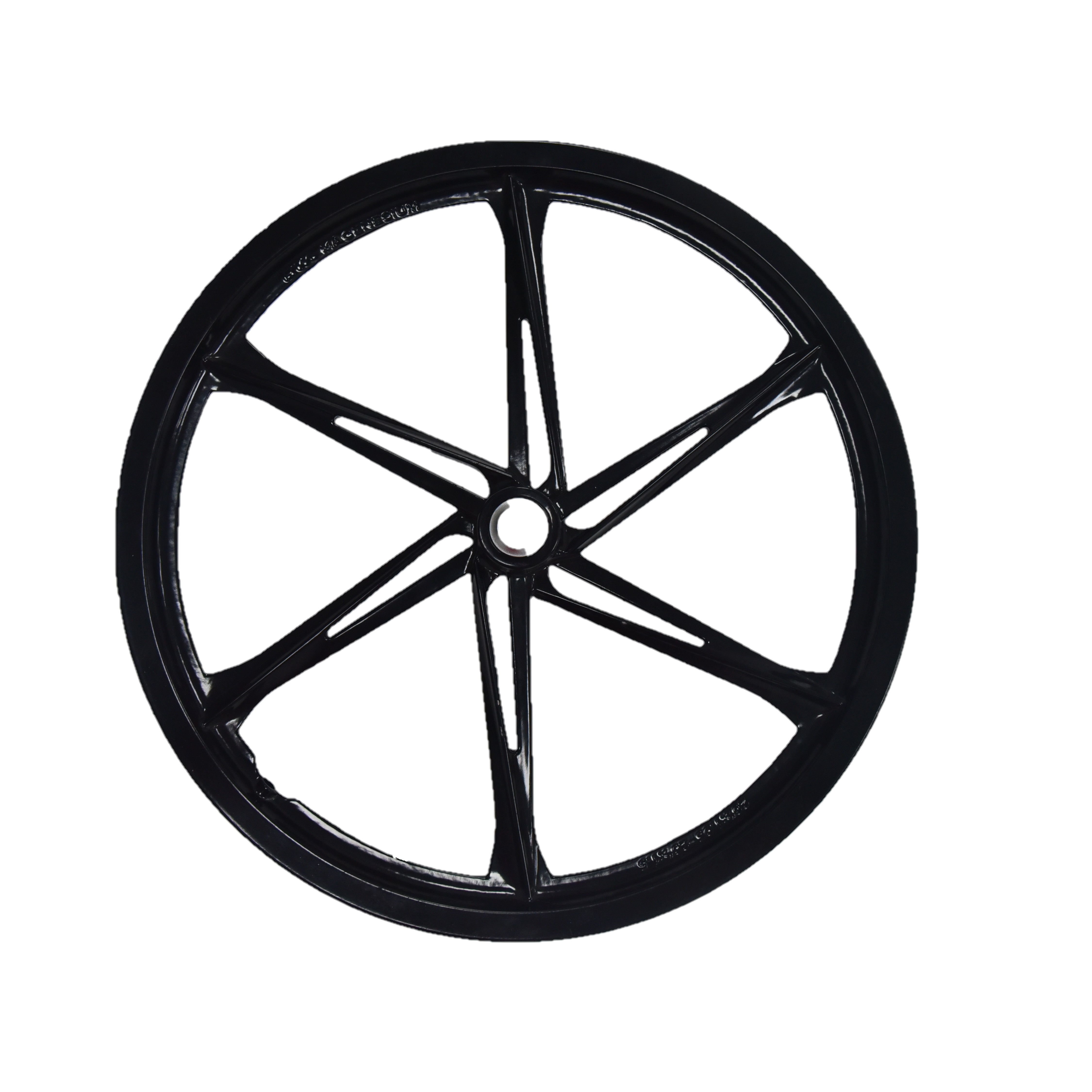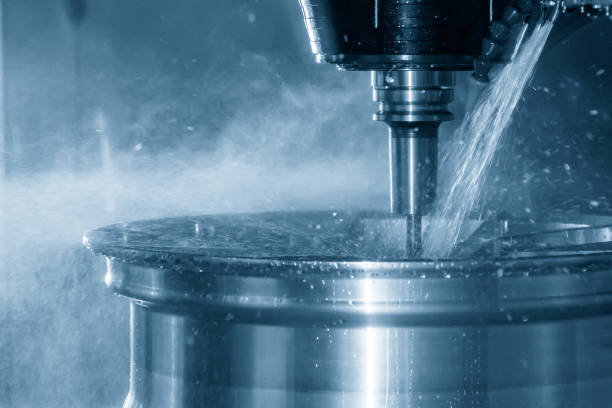Introduction
Prototype manufacturing plays a crucial role in the development of innovative products across various industries, enabling designers and engineers to transform abstract ideas into physical reality. This article delves into the fascinating world of prototype manufacturing, exploring the different stages involved in turning a concept into a tangible prototype.
Stage 1: Conceptualization
The first step in prototype manufacturing is conceptualization. This stage involves brainstorming, researching, and identifying a problem or need that could be addressed by a new product. Designers and engineers collaborate to generate ideas and sketches, envisioning how the final product should function and look.
During this phase, it is essential to consider factors such as market demand, feasibility, and potential challenges. The concept must be well-defined, outlining the purpose, target audience, and unique features of the proposed product.
Stage 2: Computer-Aided Design (CAD)
Once the concept is solidified, the next stage involves translating the idea into a digital format using Computer-Aided Design (CAD) software. CAD allows designers to create detailed 2D and 3D models, enabling them to visualize the product from different angles and perspectives.
CAD software also facilitates modifications and iterations, allowing designers to refine the design based on feedback and feasibility assessments. The digital model developed in this stage serves as the foundation for subsequent prototype manufacturing processes.
Stage 3: Material Selection
Choosing the right materials is critical in prototype manufacturing, as it determines the functionality, durability, and aesthetics of the final product. Designers consider factors such as desired properties, cost, availability, and environmental impact when selecting materials.
Prototyping materials can range from plastic and metal to composites and ceramics, depending on the nature of the product. For example, if the prototype is for an electronic device, materials with excellent electrical conductivity and heat resistance may be preferred.
Stage 4: Rapid Prototyping
Rapid prototyping, also known as 3D printing, has revolutionized the field of prototype manufacturing. This technique uses additive manufacturing technology to create physical prototypes layer by layer from digital models. 3D printers can work with a wide range of materials, including plastics, metals, and even biological materials.
Rapid prototyping offers several advantages over traditional manufacturing methods. It allows for quick iteration, reduced costs, and the ability to produce complex geometries that would be challenging using conventional techniques. This stage enables designers to physically evaluate and test the product\’s form, fit, and function.
Stage 5: Testing and Iteration
Once the prototype is fabricated, it undergoes rigorous testing to evaluate its performance, reliability, and user-friendliness. Testing can include mechanical stress tests, electrical conductivity assessments, and usability studies.
Feedback obtained from testing is crucial in refining the design and identifying any potential flaws or areas for improvement. Designers and engineers iterate on the prototype, making necessary adjustments and modifications based on the test results.
Stage 6: Scaling Up
After multiple iterations and successful testing, the prototype moves towards scaling up for mass production. At this stage, manufacturers determine the most efficient and cost-effective manufacturing methods to produce the final product on a larger scale.
Design for Manufacturability (DFM) considerations are crucial during this stage to optimize the product\’s design for efficient production. Manufacturers may need to adjust the prototype\’s design to improve manufacturability, reduce material waste, and streamline assembly processes.
Conclusion
Prototype manufacturing is an exciting and dynamic process that bridges the gap between ideas and tangible products. The journey from concept to creation involves various stages, from conceptualization and CAD modeling to rapid prototyping, testing, and scaling up for mass production.
With advancements in technology and materials, the world of prototype manufacturing continues to evolve, enabling innovative ideas to come to life. This collaborative and iterative process plays a vital role in the development of groundbreaking products across industries, making a significant impact on the way we live and work.
-

- Magnesium alloy rigid fork for bicycle -customized die casting metal parts
-

- CNC machined parts & components
-

- Magnesium alloy die-casting parts&components for e-bike
-

- Magnesium alloy die-casting electric vehicle mid-mounted motor housing
-

- Bicycles for Children Kids Bikes for 3-16 years old Child /OEM Baby Children Cycle Kids Mountain Bicycles 2022
-

- Magnesium alloy die-casting Auto parts controller housing

 0086-750-5616188
0086-750-5616188 +86 13392089688
+86 13392089688 sales@zhongmei-tech.com
sales@zhongmei-tech.com








